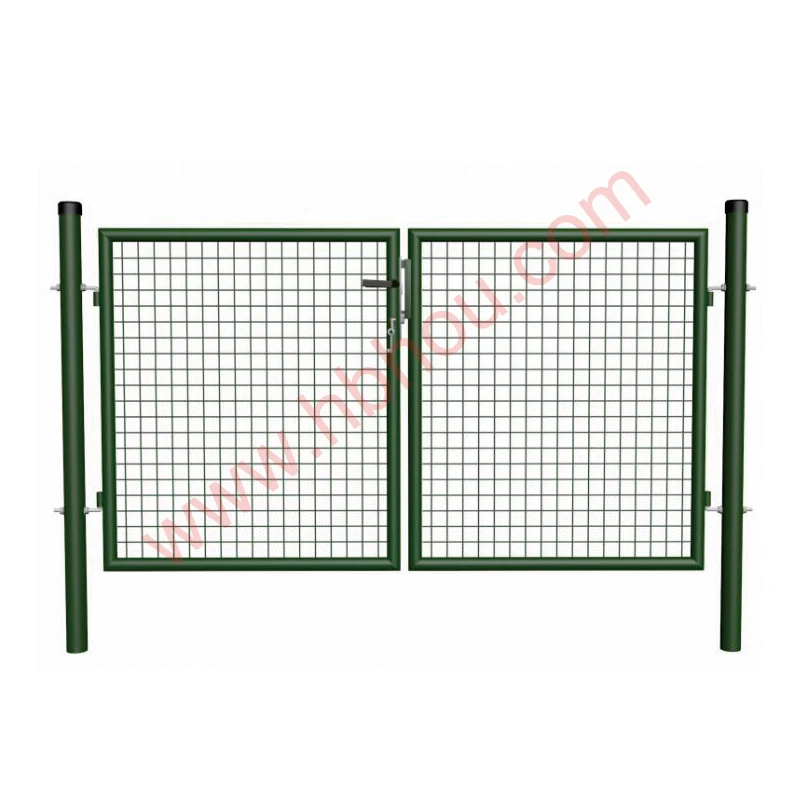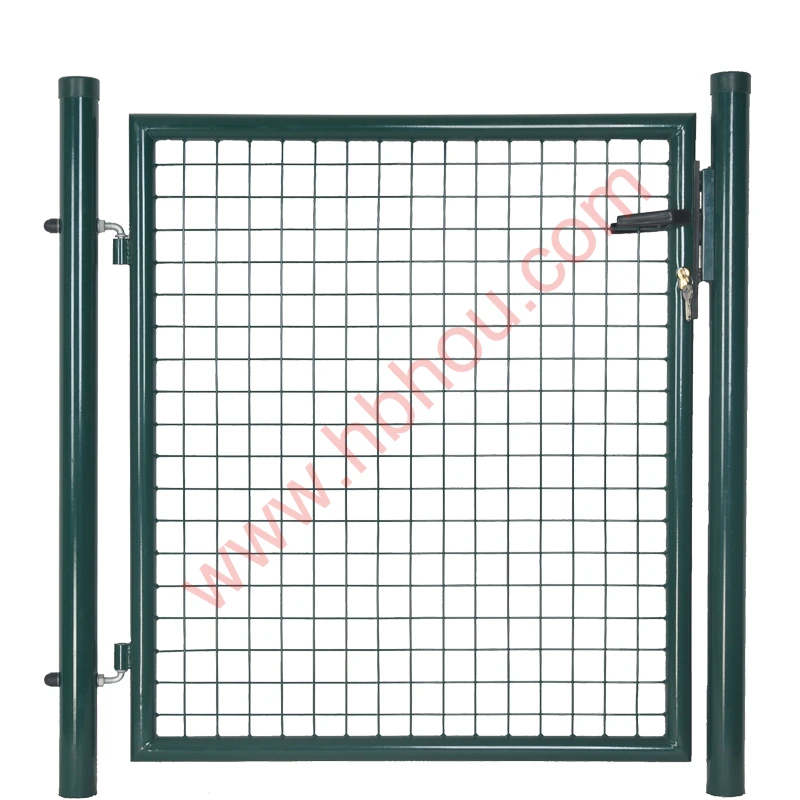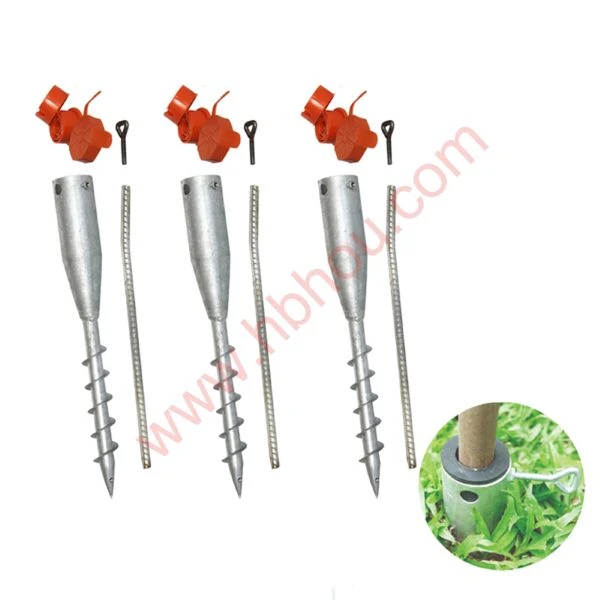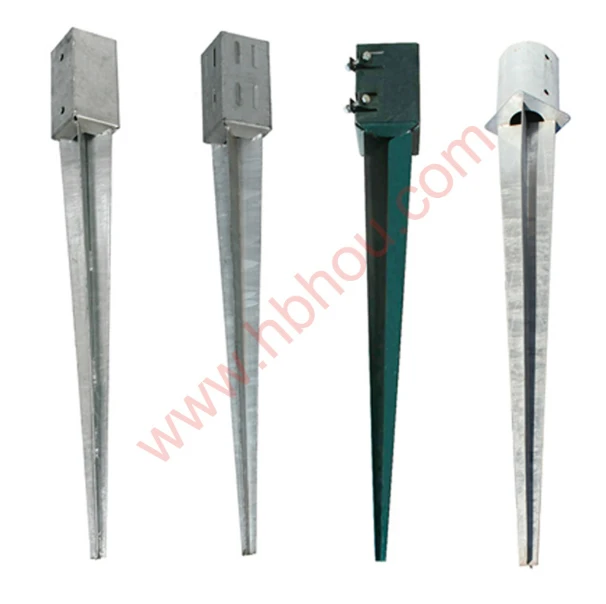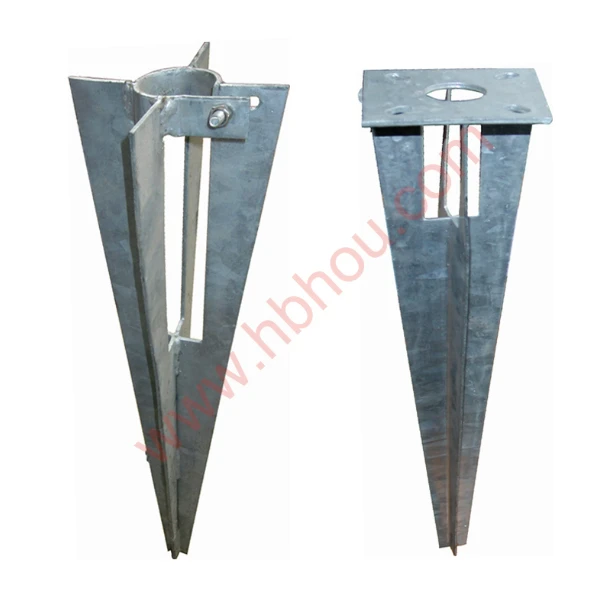The Importance of Rabbit Fencing for Raised Garden Beds
Gardening offers a profound connection to nature, a rewarding hobby, and a sustainable way to provide fresh produce for your family. However, one of the biggest challenges gardeners face is protecting their plants from pests, particularly rabbits. These creatures are notorious for raiding gardens, devouring tender seedlings and established plants alike. Utilizing a rabbit fence for raised beds can be a practical solution to this common problem.
Understanding the Rabbit Problem
Rabbits are agile and persistent foragers. They have a well-deserved reputation for causing havoc in gardens, with a diet that consists largely of leafy greens, vegetables, and herbs. Their rapid reproduction rates only exacerbate this issue; a pair of rabbits can lead to an overwhelming number in just a season. This makes it critical for gardeners to implement effective protective measures.
Raised garden beds are increasingly popular for their numerous benefits, including improved drainage, easier access, and enhanced soil quality. However, these beds can also attract rabbits, providing them with easy access to a smorgasbord of fresh greens. This is where a proper fencing strategy comes into play.
Designing an Effective Rabbit Fence
To effectively protect your raised garden beds, you need a fence that is both high enough and sturdy enough to deter rabbits. A fence that stands at least three feet tall is generally recommended, as rabbits are skilled jumpers. The fence should be made from durable materials, such as galvanized wire or chicken wire. However, keep in mind that merely erecting a high fence is not enough.
To enhance effectiveness, the fence should also extend underground, at least 6 to 12 inches, to prevent rabbits from burrowing underneath. Alternately, you can create a barrier using landscape fabric or hardware cloth, which can act as a physical deterrent.
rabbit fence for raised beds
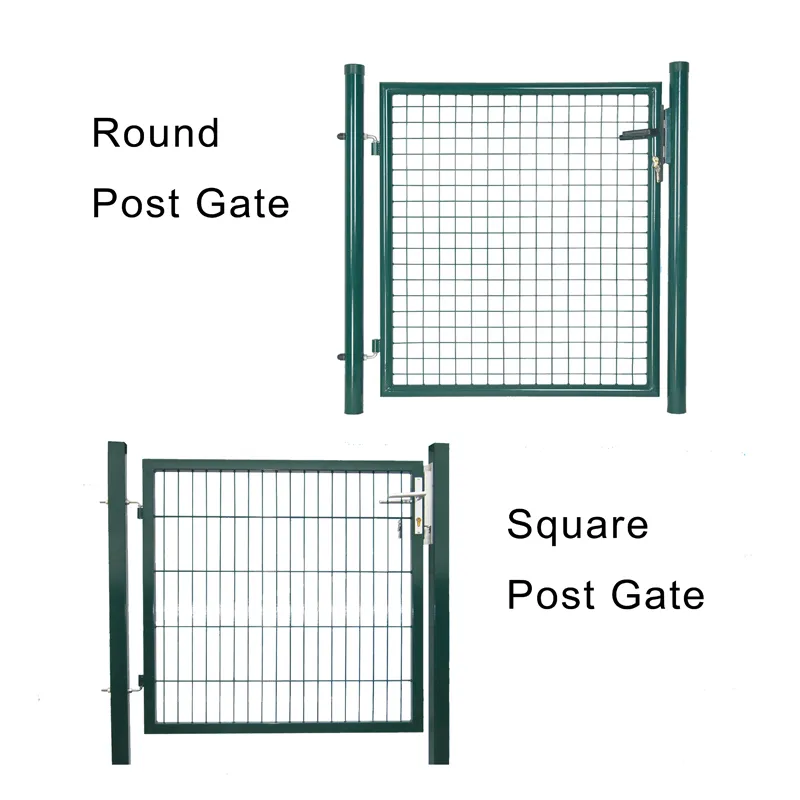
Creating the Right Environment
While a fence is an essential tool for protecting your garden, it’s also important to consider the surrounding environment. Rabbits thrive in areas that offer cover, such as dense shrubs or tall grasses. By trimming overgrown vegetation and keeping the area around your garden beds tidy, you can reduce the appeal of your garden to these critters.
Furthermore, planting rabbit-resistant plants around the perimeter can act as an additional barrier. Herbs like lavender, rosemary, and sage are less appealing to rabbits and can help steer them away from your more vulnerable vegetables.
Benefits of Rabbit Fencing
Investing in a rabbit fence for your raised beds not only protects your plants but also contributes to the overall health of your garden. By minimizing damage from pests, you can enjoy a more bountiful harvest. The time and effort saved in replanting and tending to damaged plants can be redirected to other aspects of gardening, such as enhancing soil quality or experimenting with new crop varieties.
Moreover, a well-designed fence not only keeps rabbits out but can deter other pests as well. By creating a secure environment, you can foster a thriving garden ecosystem.
Conclusion
In conclusion, utilizing a rabbit fence for raised garden beds is an essential strategy for any gardener seeking to protect their investment in time and resources. With the right design and environmental considerations, you can safeguard your plants, ensuring that they flourish without the threat of hungry rabbits. Embrace the peace of mind that comes with knowing your garden is secure, and watch as your plants thrive in the protected space you’ve created. Happy gardening!









